Do you have a question about the Samsung DS 5064B AOM and is the answer not in the manual?
Overview of the OfficeServ 7100 as an "office in a box" solution. Covers LAN/WAN convergence and TDM voice.
Details the modular and flexible platform, cabinet slots, and capacities for various circuits and devices.
Describes the system's stored program control, memory, microprocessors, and distributed processing capabilities.
Explains self-configuration, installation tool, web management, and programming levels for the system.
Discusses the convenient and affordable migration path from OfficeServ 7100 to larger systems.
Details the cabinet's design for rack-mounting or wall-mounting, power supply, and cooling fan.
Covers the MP10 Main Processor Card, its functions, and embedded applications like voicemail.
Explains the UNI card's role in providing interface connections for telephones and stations.
Describes daughterboards like 4DLM, 4SLM, 4TRM, and 4SWM, detailing their functions and interfaces.
Details trunk cards like 8TRK and TEPRI/TEPRla for connecting to public telephone networks.
Describes the MGI-16 card supporting VoIP channels for IP phones, IP networking, and IP trunking.
Lists station cards like 8DLI, 16DLI2, 8SLI, 16MWSLI, and 8COMBO for connecting stations.
Covers various station sets including DS 5000, iDCS, and ITP-5100 series equipment.
Details the power supply unit's input and output voltage specifications, and maximum power consumption.
Provides the physical dimensions (height, width, depth) of the OfficeServ 7100 Main Cabinet.
Specifies the operating and storage temperature ranges, and humidity limits for the system.
Outlines the required cable types, AWG, and maximum lengths for connecting various equipment.
Describes system ring cycles and tones, including dial tone, busy tone, and ring back tone specifications.
Explains the meaning of different LED colors and patterns on keysets for status indication.
Details various system features including account code entry, authorization codes, and auto attendant functionality.
Describes station-specific features like call forwarding, do not disturb, hold, and message waiting indications.
Explains how the keyset display provides information for call processing, caller ID, and system status.
Covers automated attendant features such as greetings, menu routing, fax detection, and call processing.
Details voicemail features including availability schedule, message handling, greetings, and notification options.
Defines statistics related to UCD calls, including queue times, abandoned calls, and total calls received.
Explains agent statistics for UCD groups, covering logged-in status, calls answered, and average call times.
Provides an overview of the traffic report, explaining the meaning of various system statistics and call activities.
Discusses FCC compliance and potential radio frequency interference when operating the equipment.
Covers FCC Part 68 compliance, unauthorized modifications, and telephone connection requirements for the system.
Details circuit types, card types, facility interface codes, and network jacks for connecting to phone lines.
Notifies users about potential copyright licensing requirements for music used in the Music on Hold feature.
Advises on the use of DISA feature, suggesting password changes and reviewing telephone records for unauthorized use.
States that the OfficeServ 7100 has been tested and complies with Underwriters Laboratories safety standards.

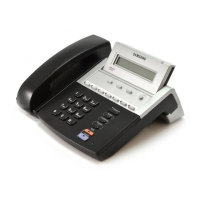
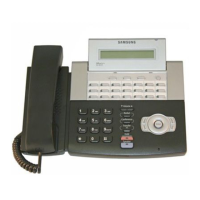



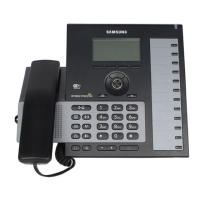
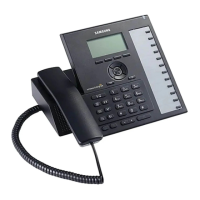
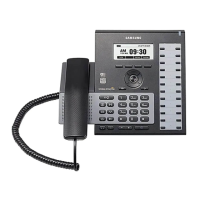
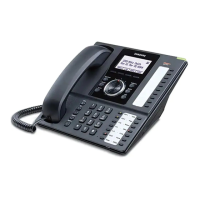


